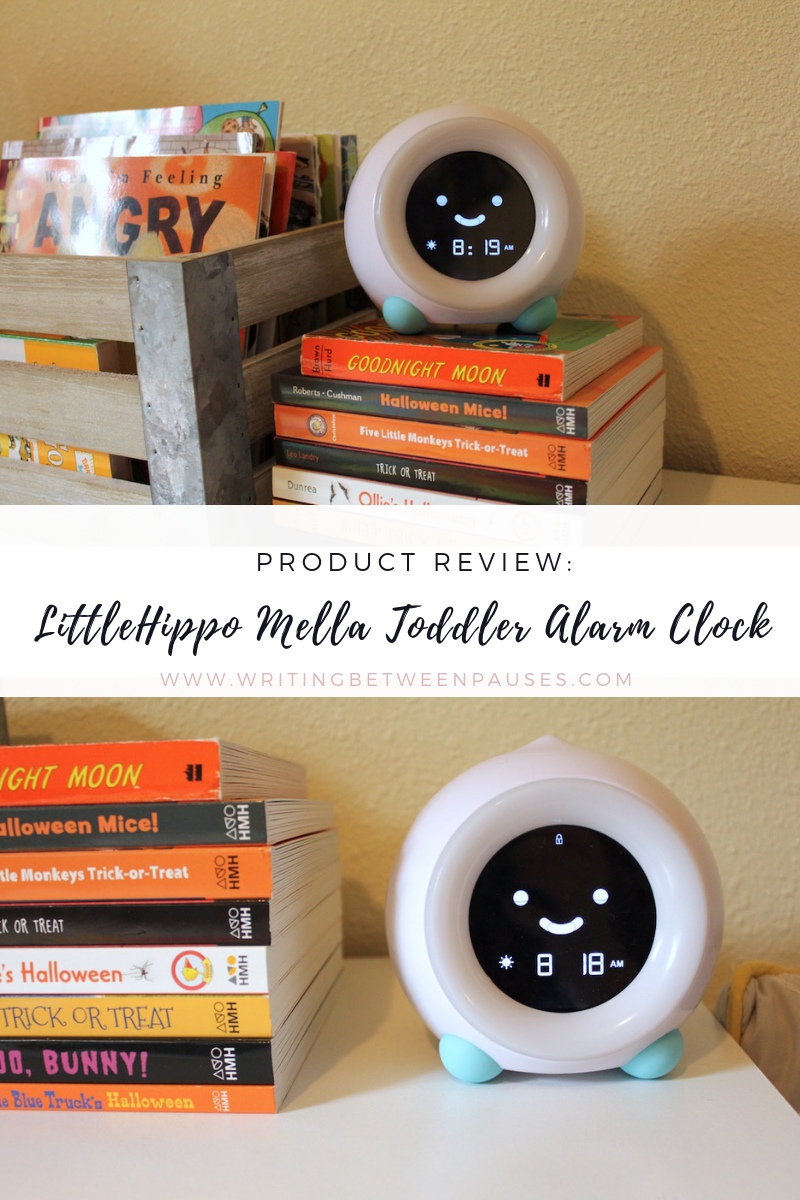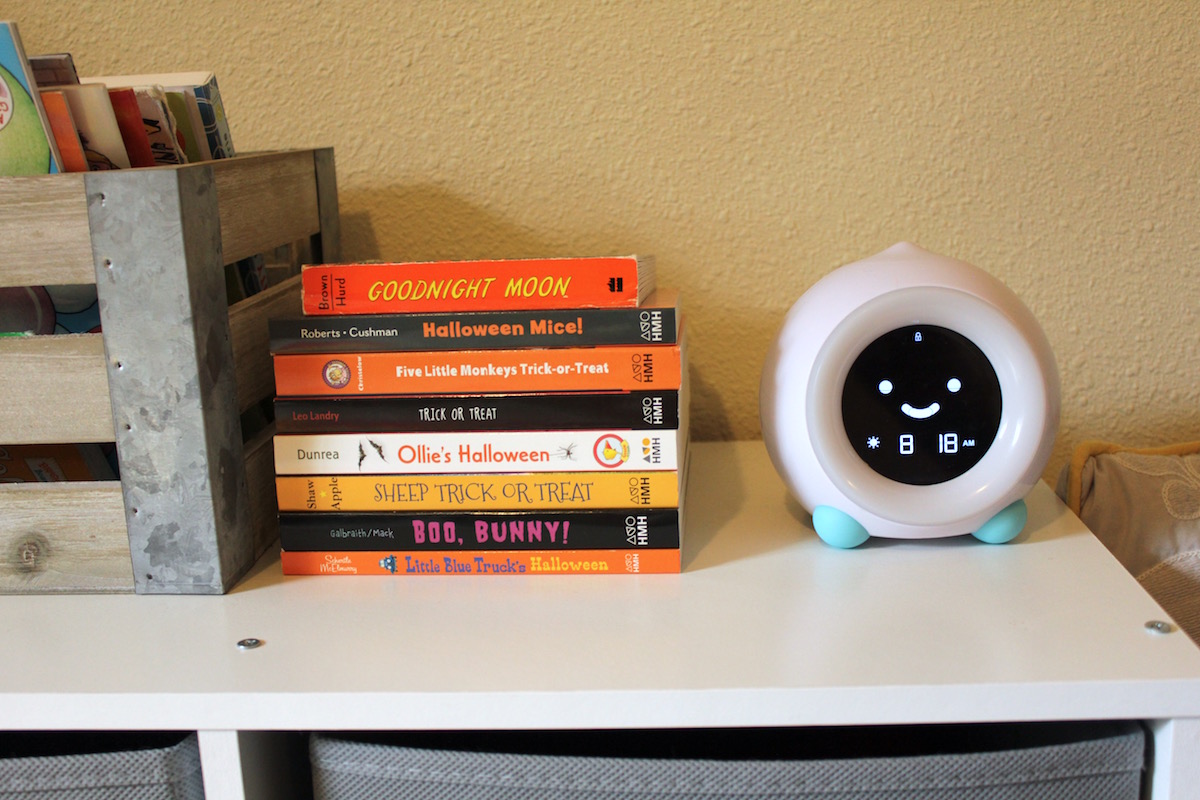My dog, Remus, is an 8-year-old chocolate lab. In many ways, he’s a stereotypical lab: he is high energy (2-3 walks per day, plus at least 30-40 minutes of chasing a ball of stick are necessary), he is highly intelligent, and he can be incredibly sensitive to changes in his diet, routine, or home. He is also a garbage surfer: we’ve rushed him to the vet more times than I can count because he ate something he wasn’t supposed to or was so sick from eating something random.
Last year around this time, he ate exactly 3 nuggets of a food we had tried for him and stored in our garage; when we moved, he found those 3 nuggets, ate them, and proceeded to vomit and have diarrhea for 2 whole days. He was diagnosed with colitis, got a stomach x-ray, and cost us about $700… because of 3 nuggets of food. In the course of his life, he’s eating shoes, razors, tampons (so many tampons), napkins, banana peels, coffee grounds, and so many crayons his poop was rainbow colored for several days at a time. (He learned his lesson with the crayons eventually.)
Yeah, labs. They are such great dogs, but health-wise, they are a really mixed bags. Their high energy is fun when you consistently have time, but if you’re having a busy day, it’s equally as likely that they’ll spend the day lying beside your chair (great!) or knocking over every garbage can in your house and eating every tampon they can find (not great!).
As labs age, they also come with an incredibly high risk of arthritis. A few months ago, I started noticing signs that Remus was developing early arthritis. Did you know around 80% of dogs over the age of 5 have arthritis?! It’s very common, even for a relatively young dog of 8. I noticed he was bunny hopping occasionally when he ran outside, as well as sometimes limping when he woke up in the morning or got up after a long nap. His energy level has definitely decreased in the last 2 years—which is somewhat a good thing. But we still go on at least one walk every day (usually early in the morning) and then play fetch for a while.
I asked a few of my lab-owning friends about their favorite products to help their dogs deal with arthritis and aging. I got some great recommendations for everything from joint health to their teeth. I thought I’d share our favorites that have worked with Remus’s admittedly very sensitive stomach.
1. Pure Wild Alaskan Salmon Oil for Dogs & Cats, $34.97
This salmon oil is one of our newer purchases—we’ve been using it for 2 months and I can’t tell you the difference it makes! Right now is prime lab shedding time, at least in Oregon, since we don’t get warm weather until June-July. Labs shed their winter coats in the Spring/Summer, then shed their Summer coats in the early Fall. I’ve been brushing Remus consistently everyday to help, but he just has gobs of hair. So much hair!
Salmon oil is good for a lot of things for dogs—but primarily their joint health and their coats. Remus has definitely gotten a lot shinier since we started using salmon oil and his shedding has been a lot better. Since labs have typically oily coats, it’s not recommended to bathe them very frequently; every 4-5 months is honestly enough. Remus does tend to get a little dandruffy if he gets wet too often, probably from his skin being too dry (and during the summer he runs in the sprinklers a lot)—this has helped with that too.
How to use it: Follow the instructions on the bottle! If you go with a brand different from Pure Wild, make sure to read the instructions carefully. To start, we actually only put about a teaspoon on Remus’s food in the morning and evening; with his sensitive stomach, we wanted to make sure we weren’t setting ourselves up for another colitis incident! He handled it well though. If your dog has a sensitive stomach, definitely start slow. These days, Remus gets a full pump of oil on his morning and evening meals. We’ve used about 1/3 the bottle in about 2 months—so for the price, that’s really good!
2. Dechra Phycox Soft Chews, $49.69
These are a more specialized item; because they are an actual supplement to help with joint health, if you have worries about your dog’s arthritis, make sure to talk to a vet first. These were recommended by our friends, the lab group I’m in, and our vet—so I felt comfortable taking the leap.
We started these chews slowly, just like with the oil. The instructions recommend 4-5 chews a day for Remus’s size for the first 4 weeks, then reducing to 2 a day after that. However, we started with 1-2 chews every day for the first week, just to make sure they wouldn’t make him sick. After the first 4 weeks, we bumped him up to 3 chews a day. We’re giving him 6 weeks with 3 chews a day; we’re really close to that point and then we’ll probably reduce to 2 chews per day.
We’ve noticed such a difference since we started using these! He’s definitely been a bit more spry and less likely to bunny hop when he runs. As well, he hasn’t been limping when he wakes up from naps any more—only first thing in the morning when he’s been asleep for a long time and his limp goes away a little faster.
The one downside is these chews smell really bad! Granted, they’re dog treats—they smell like dog treats, but somehow… more like dog treats. They definitely don’t smell good, but Remus seems to like them.
We haven’t made our way through an entire tub yet—even with just over 2 months of use. We definitely went with an augmented plan though, so this might not be a typical experience. These are available on Chewy.com with a discount for auto-shipping.
3. Milkbone Brushing Chews, ~$10.00
We’ve been giving these Milkbone treats to Remus for about 4 years and I can’t say enough about them. I do want to make sure to emphasize that these are the green brushing chews—they are minty and help brush your dog’s teeth. Remus is never going to be a dog that lets us groom him; we know this, we accept this. We have a special kennel that he uses now that files his nails for us overtime, it’s helped a lot; we can brush him, but it is definitely a chore; and we are never going to be able to brush his teeth. Remus is a super even tempered dog, but the closest he has ever come to having a temper has been when we tried to clip his nails and when trying to brush his teeth.
(I’ve since learned this isn’t abnormal for labs! And especially labs developing arthritis are not going to like their nails clipped.)
However, I really worried about his teeth as I noticed if he chewed on a tennis ball for too long, his gums would bleed. We started giving him these treats and they’ve helped with his teeth so much. He’s never going to have great breath—he is a dog, after all!—but his vet is always shocked at how good his teeth look for being a dog who doesn’t like his teeth brushed at all.
Depending on the size of your dog, the cost of a bag of these treats is super variable; however, for Remus’s size, they are just under $10 a bag on Amazon and at Target. (If you buy them at Target, they are fairly frequently on sale in the Cartwheel app and often have a deal to get a gift card if you buy 2 bags at once.) We give Remus one every day after his evening meal; it’s like his evening snack!












